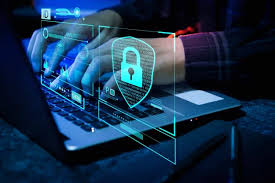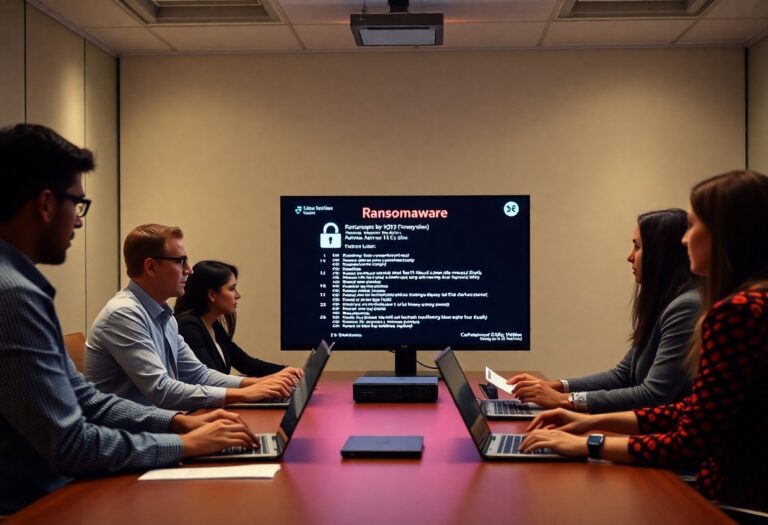“Be Quantum Ready – Encrypt. Adapt. Evolve.”
What is Quantum Readiness?
Quantum Readiness is a comprehensive strategic process that involves upgrading systems, encryption protocols, and security frameworks. This is to withstand the emerging threats posed by quantum computing.
What is Shor’s Algorithm in Quantum Computing?
Shor’s Algorithm (https://en.wikipedia.org/wiki/Shor%27s_algorithm) is a quantum algorithm designed to factor extremely large numbers efficiently. Traditional computers would take billions of years to break a 2048-bit RSA key. Contrarily, a quantum computer with 4,000–10,000 logical qubits could potentially break it in mere hours or days. This puts widely used encryption methods like RSA and Elliptic Curve Cryptography (ECC) at serious risk.
Understanding Post-Quantum Threat Landscape
- Harvest Now, Decrypt Later: Adversaries may already be collecting encrypted sensitive data, intending to decrypt it once quantum computing becomes powerful enough—posing a significant long-term data confidentiality risk.
- Nation-State Actors: State-sponsored entities with access to advanced resources may already be developing quantum capabilities. Backed by government agencies, they operate with a level of protection that makes detection and mitigation extremely challenging.
Why Quantum Readiness Matters for Modern Organizations
Quantum computing uses qubits—which can exist in multiple states simultaneously—leveraging the principles of superposition and entanglement to solve problems exponentially faster than classical computers. This capability poses serious risks to current digital security:
- Breaking Classical Encryption: Quantum computers can break foundational cryptographic algorithms like RSA, ECC, and Diffie-Hellman. These algorithms secure everything from online banking and email to VPNs, SSL/TLS connections, and digital signatures. While today’s quantum machines aren’t yet strong enough to pose an imminent threat, attackers may already be stockpiling encrypted data in anticipation.
- Forging Digital Signatures & Authentication: Quantum attacks could forge digital signatures, enabling attackers to impersonate individuals or organizations. This could lead to fake software updates or malware-laden communications being mistakenly trusted.
- Compromising Secure Communications: Quantum computers could break the cryptographic backbone of secure communication protocols like TLS, SSH and VPNs, exposing sensitive long-term data such as medical records, legal documents, or classified information.
- Threats to Blockchain & Cryptocurrencies: Cryptocurrencies like Bitcoin and Ethereum rely on ECC. Without transitioning to quantum-resistant algorithms, they face serious vulnerabilities.
Key Areas of Quantum Readiness
- Post-Quantum Cryptography (PQC): Implement cryptographic algorithms that are resistant to quantum attacks. The National Institute of Standards and Technology (NIST) is actively working to standardize these algorithms.
- Quantum Key Distribution (QKD): Leverages the principles of quantum mechanics—including entanglement and the no-cloning theorem—to enable theoretically unbreakable encryption key exchanges.
- Cryptographic Agility: The ability to quickly switch out cryptographic algorithms without disrupting existing systems is essential for transitioning smoothly from traditional to post-quantum security.
- Data Protection Strategy: Organizations should identify and prioritize the protection of sensitive data, using hybrid encryption approaches that combine classical and quantum-resistant techniques.
- Regulatory Compliance & Standards Monitoring: Stay aligned with evolving standards from NIST, ISO, NSA, and other global bodies to ensure ongoing compliance and preparedness.
Steps to Achieve Quantum Readiness
- Risk Assessment: Identify systems, data, and processes vulnerable to quantum threats.
- Track PQC Standardization: Follow the progress of the NIST PQC standardization efforts to ensure alignment with recommended practices.
- Develop a Transition Plan: Build a roadmap to migrate existing encryption systems to quantum-resistant alternatives using cryptographic agility.
- Test and Validate PQC Solutions: Begin piloting post-quantum algorithms in your existing infrastructure.
- Educate and Train Teams: Equip cybersecurity teams with the knowledge and tools to understand and mitigate quantum-related risks.
Conclusion
Quantum computing is advancing at a rapid pace, and with it, the potential to disrupt classical cryptography grows exponentially. For organizations, the time to act is now. Becoming quantum-ready isn’t just a technical necessity—it’s a strategic imperative for ensuring long-term data security, operational continuity, and regulatory compliance.








